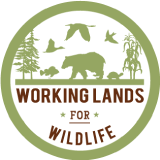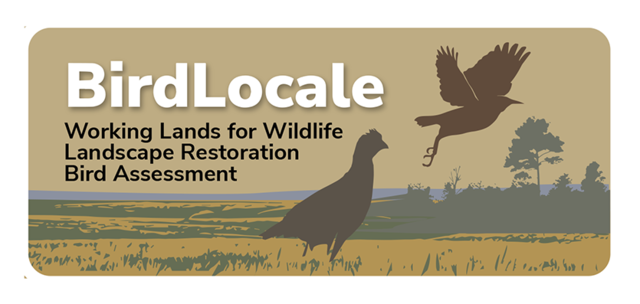by
Web Editor
—
published
Feb 07, 2022
—
last modified
Jul 24, 2023 11:18 AM
—
filed under:
Additional Resources,
Bog Turtle,
Webinars and Instructional Videos,
Webinar,
Aquatics,
Bog Turtle Additional Resources,
Online Training Resources,
Resources
Approximately 15 minute presentation on conducting bog turtle habitat conservation through Farm Bill programs on private lands, and how to work with private landowners. Presented by Elizabeth Marks of NRCS, an Area Biologist in upstate NY who has extensive experience with this topic.
Located in
Online Training Resources
/
Webinars and Instructional Videos


